Exercise is one of the best things a person can do to help protect themselves from chronic degenerative disease. Over 180 favourable biochemical changes occur in the body after exercise including reducing chronic inflammation, up-regulating antioxidant enzymes and enhancing immune surveillance [Thomas].
This post explores if these properties could help protect us against Covid-19, mitigate the consequences of an infection and if so, what’s the best way to exercise and how can its benefits be enhanced with diet.
Exercise, immunity and viral infections
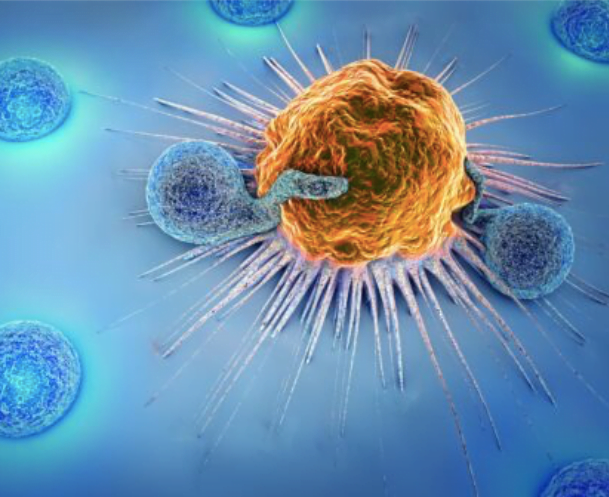
On the other hand, if exercise is too strenuous, it is followed by decreased concentrations of lymphocytes and impaired cellular-mediated immunity [Hoffman-Goetz]. One study outlined how there was an increased risk of infection in the weeks following ultra-endurance running events [Pendersen], while another investigation revealed that people conducting rigorous or unaccustomed exercise had a higher incidence and severity of upper respiratory illness [Fitzgerald, Friman, Weidner].
Exercise and oxidative stress

As with immunity, the relationship between exercise and oxidative stress is complex. At the start of an exercise session, reactive oxidative species (ROS) are generated as a by-product of normal energy-producing mechanisms (oxidative phosphorylation). In response to this transient increase in ROS, the adaptive up-regulation of antioxidant genes results in greater production of antioxidant enzymes via activation of Nrf-2 [Fehrenbach, Kodja]. In the long term, however, provided individuals continue a sensible, graduated exercise regimen, exercise can be regarded as an anti-oxidant [Poljsak, Ristow, Schulz, Son]. Studies have confirmed that individuals who consistently exercise have better levels of antioxidant enzymes in their muscles and synovial fluid, although it should be noted that even elite athletes are prone to episodes of excess oxidative stress when their level of exercise intensity increases [Fehrenbach, Kodja]. This initial increase in oxidative stress can be a serious issue for individuals who begin an exercise programme too vigorously, especially among those who are unaccustomed to exercise or over 50 years of age, for whom biological adaptive processes are slower [Poljsak, Ji]
Exercise and mood
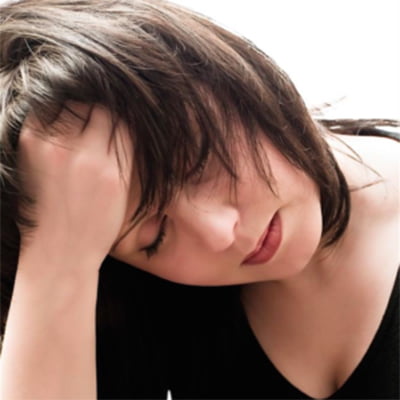
In addition, if exercising outside, sun exposure can increase vitamin D, lower levels of which are linked to greater risks of both depression and arthritis. Increased light exposure, has been linked to a reduction in non-seasonal depressive disorders improvements in circadian rhythm [Lam].
 Dietary considerations when exercising
Dietary considerations when exercising
When exercising regularly, close attention to diet is needed in order to avoid mineral and vitamin deficiencies, while ensuring adequate hydration, protein, carbohydrate and polyphenol levels. Exercising while on a poor diet can be futile and even counterproductive.
Minerals and vitamins:
The best way to ensure good mineral intake (particularly zinc, copper and selenium) is via a varied diet rich in seafood including oysters, clams, fish, seeds, nuts and leafy green vegetables. If individuals do not regularly eat these foods, a mineral supplement may be worthwhile.
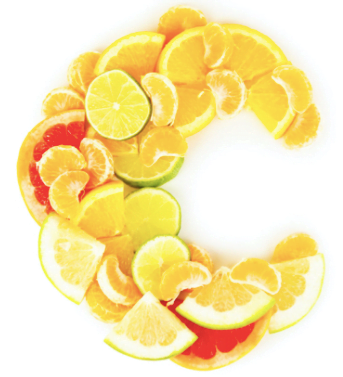
Polyphenols:

Polyphenols also protect joints, improve muscle recovery and aid aerobic recovery, which explains why they are being investigated as a means to improve exercise uptake in those with arthritis, and why many athletes are increasingly finding ways to boost their intake with diet and supplements in order to enhance performance [Myburgh].
Laboratory studies have also reported that certain polyphenol-rich foods can have potential direct antiviral effects by reducing viral attachment, penetration, absorption and proliferation [Maher, Jassim, Sun, Li, Lin, Kumar, Mycol, Yagi, Syed, kotwal, Park]. Clinical benefits have not been established, but studies involving boosting polyphenol intake among people with Covid-19 are underway [The UK Phyto-V study].
Probiotics and pre-biotics

Exercise after catching Covid-19
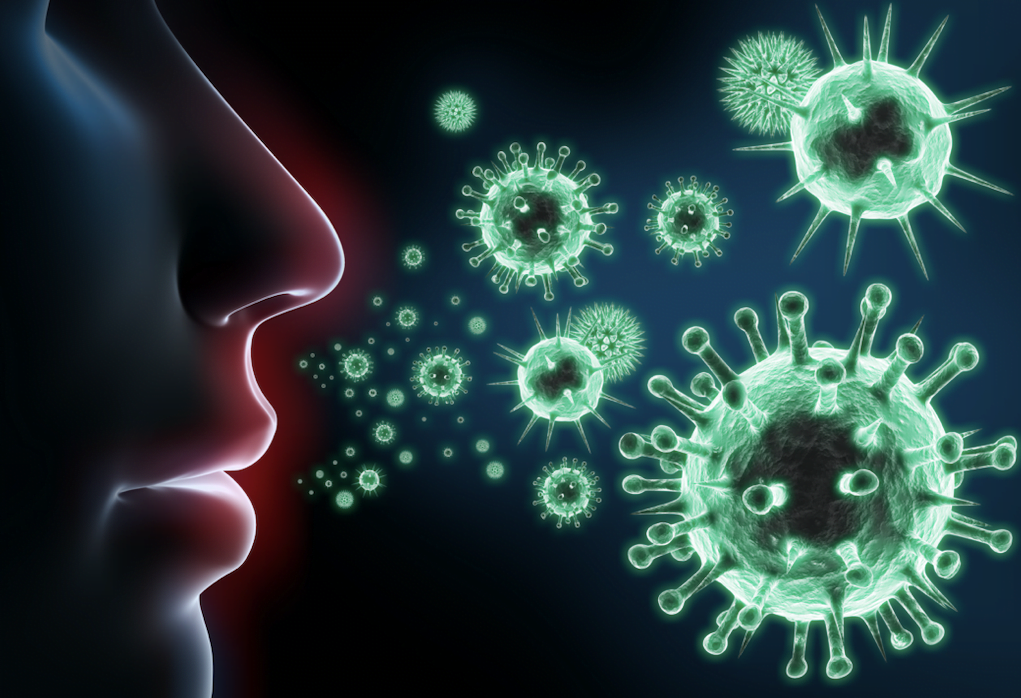
In conclusion
Regular graduated exercise is an excellent way to prevent deterioration of the body’s immune system as we get older or to help mitigate the higher oxidative stress and chronic inflammation associated with other conditions such as diabetes, obesity and poor gut health, all of which are of concern during the current Covid-19 pandemic. Excess or unaccustomed exercise, however, especially in tandem with a poor diet, can be counter-productive. Exercise needs to be planned sensibly, and extra attention should be given to mineral and polyphenol-rich foods when embarking on a new regimen. If infected with Covid, individuals should try and stay mobile while avoiding overly strenuous exercise levels until symptoms resolve.
In the longer term, it’s important to find an exercise programme which you enjoy and reflects your abilities, available time and goals. Even after lockdown, it may be better to avoid exercising in stuffy gyms and instead opt for a local park or beach. Each session should emphasise whole-body conditioning and ideally last about an hour at an intensity which gets you a little breathless, hot and sweaty. Ideally, sessions should include a warm-up, some aerobic and resistance training, some balance tasks, and then a cool down and specific stretches. On top of these regular sessions, introducing Pilates will improve strength, posture, mindfulness and flexibility.
Author
Prof Robert Thomas
Consultant Oncologist
Bedford and Addenbrookes. Cambridge University Trusts
Professor of exercise and nutritional Science
University of Bedforshire
…more
References for exercise and covid-19
Peternelj TT, & Coombes JS (2011). Antioxidant Supplementation during Exercise Training: Beneficial or Detrimental? Sports medicine (Auckland, N.Z.), 41 (12), 1043-69
Young S How to increase serotonin in the human brain without drugs J Psychiatry Neurosci. 2007 Nov; 32(6): 394–399.
Lam R, Levitt, Levitan R et al. Efficacy of Bright Light Treatment, Fluoxetine, and the Combination in Patients With Non-seasonal Major Depressive Disorder JAMA Psychiatry. 2015;72(10):1021-1028.
Salmon P.Effects of physical exercise on anxiety, depression, and sensitivity to stress: a unifying theory. Clin Psychol Rev. 2001 Feb; 21(1):33-61.
Teixeira V, Valente H, Casal S, et al (2009) Antioxidants do not prevent post exercise peroxidation and may delay muscle recovery. Medicine & Science in Sports & Exercise: 41( 9); 1752-60.
Avery NG, Kaiser JL, Sharman MJ et al (2003) Effects of vitamin E supplementation on recovery from repeated bouts of resistance exercise. J Strength Cond Res. Nov;17(4):801-9.
Uchide N, Toyoda H Antioxidant therapy as a potential approach to severe influenza-associated complications. Molecules. 2011. 28; 16(3):2032-52.
Maher DM, Bell MC, O’Donnell EA et al Curcumin suppresses human papillomavirus oncoproteins, restores p53, Rb, and PTPN13 proteins and inhibits benzo[a]pyrene-induced upregulation of HPV E7. Mol Carcinog. 2011; 50(1):47-57.
Jassim SAA, Naji MA. Novel antiviral agents: a medicinal plant perspective. Journal of Applied Microbiology. 2003;95(3):412–427. [PubMed] [Google Scholar]
Lin L, Hsu W, Lin C et al Antiviral Natural Products and Herbal Medicines J Tradit Complement Med. 2014 Jan-Mar; 4(1): 24–35. doi: 10.4103/2225-4110.124335
Lin CW1, Tsai FJ. SARS coronavirus 3C-like protease effects of Isatis indigotica root and plant-derived phenolic compounds. Antiviral Res. 2005 Oct;68(1):36-42.
Kumar D, Basu S, Parija L et al Curcumin and Ellagic acid synergistically induce ROS generation, DNA damage, p53 accumulation and apoptosis in HeLa cervical carcinoma cells. Biomed Pharmacother. 2016;81:31-37. doi: 10.1016/j.biopha.2016.03.037.
Hao Q, Dong B, Wu T et al Probiotics for preventing acute upper respiratory tract infections: A cochrane metanalysis (2015) https://doi.org/10.1002/14651858.CD006895.pub3
Myburgh KH.(2014) Polyphenol supplementation: Benefits for exercise performance or oxidative stress? Sports Medicine. (Suppl 1):S57- S570.
McMahon M, Itoh K, Yamamoto M, et al (2003) Keap1-dependent proteasomal degradation of transcription factor Nrf2 contributes to the regulation of antioxidant response .278(24):21592-600.
Mycol V., Kotwal G.J., Longum P. Natural Antivirals against Human Viruses with Bitter melon. Virol. Mycol. 2014;3:3–5.[Google Scholar] [Ref list]
Yagi A, Byung P (2015). Immune modulation of Aloe vera: acemannan and gut microbiota modulator. J. Gastroenterol. Hepatol. Res. 4 1707–1721. 10.17554/j.issn.2224-3992.2015.04.525.
Syed T. et al (1996). Aloe vera extract 0.5% in hydrophilic cream versus Aloe vera gel for the management of genital herpes in males. A placebo-controlled, double-blind, comparative study. J. Eur. Acad. Dermatol. Venereol. 7 294–5.
Li S, Yang T, Lai C et al Antiviral activity of aloe-emodin against influenza A virus via galectin-3 up-regulation. Eur J Pharmacol. 2014 Sep 5;738:125-32. doi: 10.1016/j.ejphar.2014.05.028..
Sun Z, Yu C, Wang W et al Aloe Polysaccharides Inhibit Influenza A Virus Infection—A Promising Natural Anti-flu Drug Front Microbiol. 2018; 9: 2338. doi: 10.3389/fmicb.2018.02338
Kotwal G. Natural anti-virals against human viruses, Virol Mycol 2014, 3:2 DOI: 10.4172/2161-0517.1000e107
Park S, Hwon M, Yoo J et al Antiviral activity and possible mode of action of ellagic acid identified in Lagerstroemia speciosa leaves toward human rhinoviruses. BMC Complement Altern Med. 2014; 26;14:171.
Powanda MC, Rainsford KD. A toxicological investigation of a celery seed extract having anti-inflammatory activity. Inflammopharmacology. 2011; 19(4):227-33. Epub 2010 Jun 22.
Poljsak B Milisav I, Lampe T et al Strategies for reducing or preventing the generation of oxidative stress.Oxidative Medicine and Cellular Longevity. 2011;2011:9
Fitzgerald L. Overtraining increases the susceptibility to infection. Int J Sports Med. 1991 Jun;12 (Suppl 1):S5–S8.
Hoffman-Goetz L, Pedersen BK. Exercise and the immune system: A model of the stress response? Immunol. Today 1994; 15: 382–7.
Pedersen BK, Bruunsgaard H. How physical exercise influences the establishment of infections. Sports Med 19: 393–400, 1995.
Basso C, Carturan E, Corrado D, Thiene G. Myocarditis and dilated cardiomyopathy in athletes: diagnosis, management, and recommendations for sport activity. Cardiol Clin2007;25:423-9.
Trachtenberg BH, Hare JM. Inflammatory cardiomyopathic syndromes. Circ Res2017;121:803-18.
Woodruff JF. Viral myocarditis. A review. Am J Pathol 1980;101:423-84.
Friman G, Wesslen L. Special feature for the Olympics: effects of exercise on the immune system: infections and exercise in high-performance athletes. Immunol Cell Biol. 2000 Oct;78(5):510-22.
Matthews CE, Ockene IS, Freedson PS, Rosal MC, Merriam exercise, Hebert JR. Moderate to vigorous physical activity and the risk of upper-respiratory tract infection. Med Sci Sports Exerc 34: 1242–1248, 2002.
Franceschi C, Monti D, Sansoni P, Cossarizza A. The immunology of exceptional individuals: The lesson of centenarians. Immunol. Today 1995; 16: 12–16.
Rukavina D, Laskarin G, Rubesa G et al. Age-related decline of perforin expression in human cytotoxic T lymphocytes and natural killer cells. Blood 1998; 92: 2410–20.
Weidner T and Sevier T Sport, Exercise, and the Common Cold J Athl Train. 1996 Apr-Jun; 31(2): 154–159.
Fehrenbach E and Northoff H. (2001) Free radicals, exercise, apoptosis, and heat shock proteins. Exerc Immunol Rev p.66-89.
Kojda G et al (2005) Molecular mechanisms of vascular adaptations to exercise. Physical activity as an effective antioxidant therapy? Cardiovascular research p.67:187–97.
Magbanua MJ, Richman EL, Sosa EV, et al (2014) Physical activity and prostate gene expression in men with low-risk prostate cancer. Cancer causes & control: CCC. 2014;25(4):515-23.
Ji LL et al (2001) Exercise at old age: does it increase or alleviate oxidative stress? 928:236-47.2001
[/fusion_builder_column][/fusion_builder_row][/fusion_builder_container]


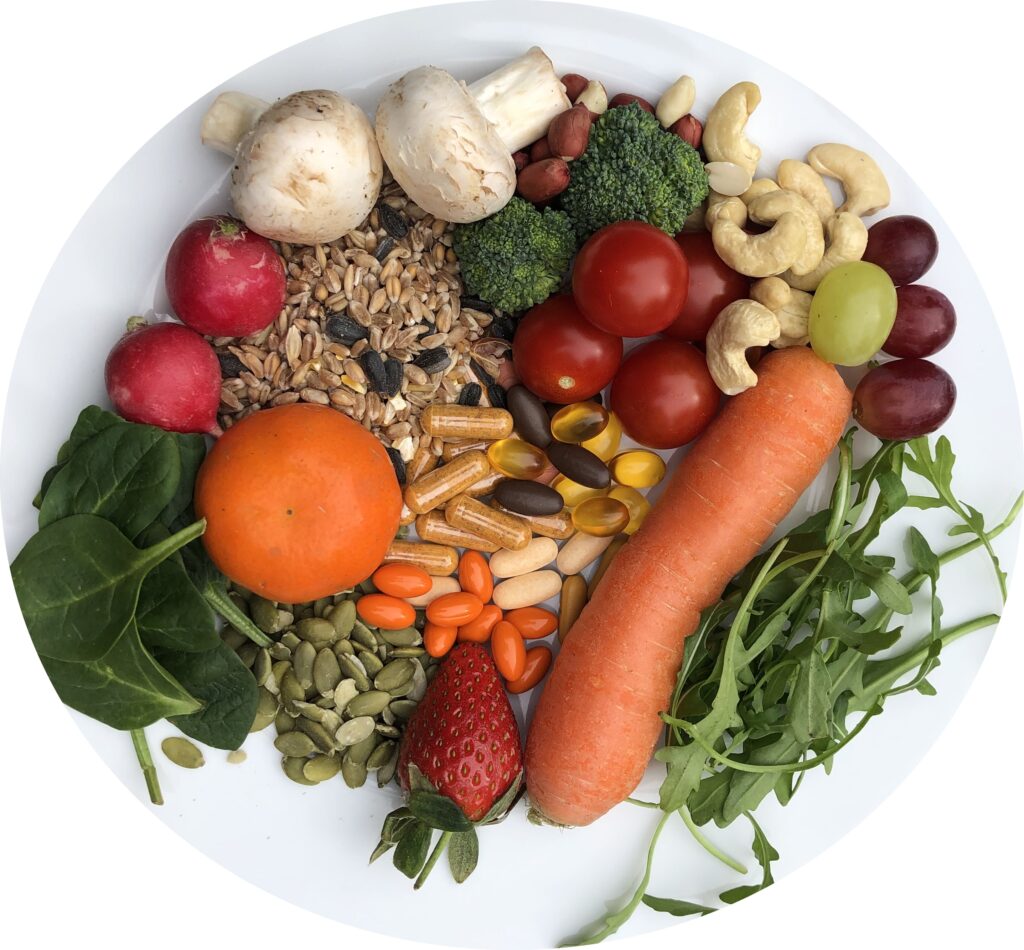 Dietary considerations when exercising
Dietary considerations when exercising 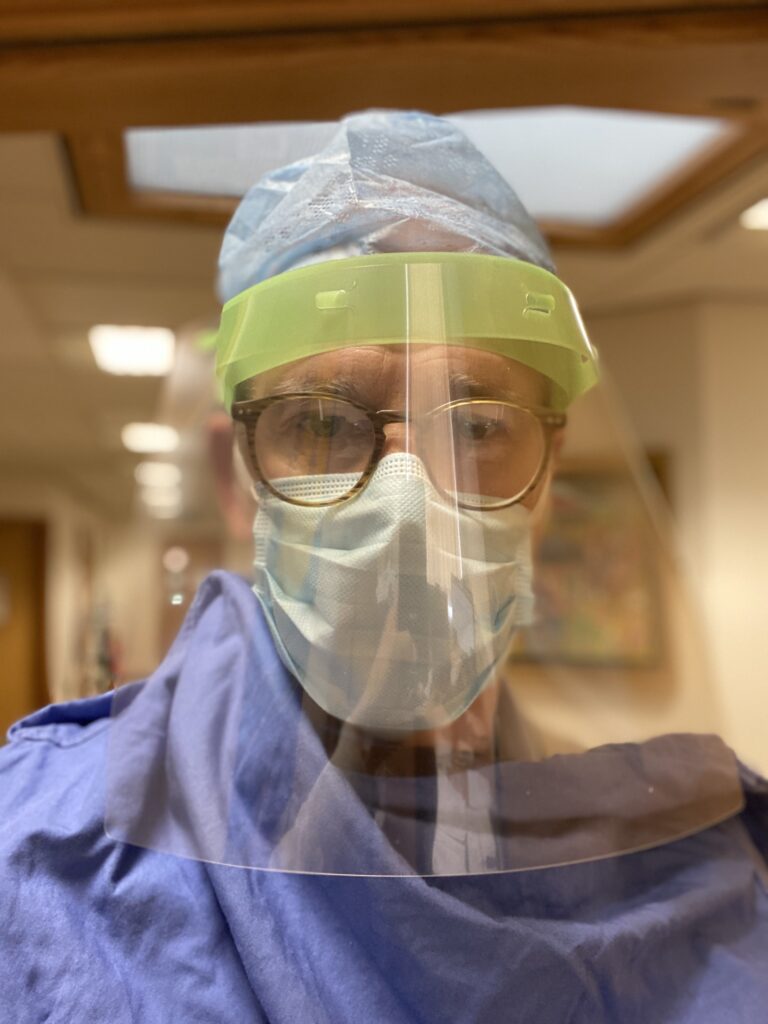





Leave A Comment
You must be logged in to post a comment.